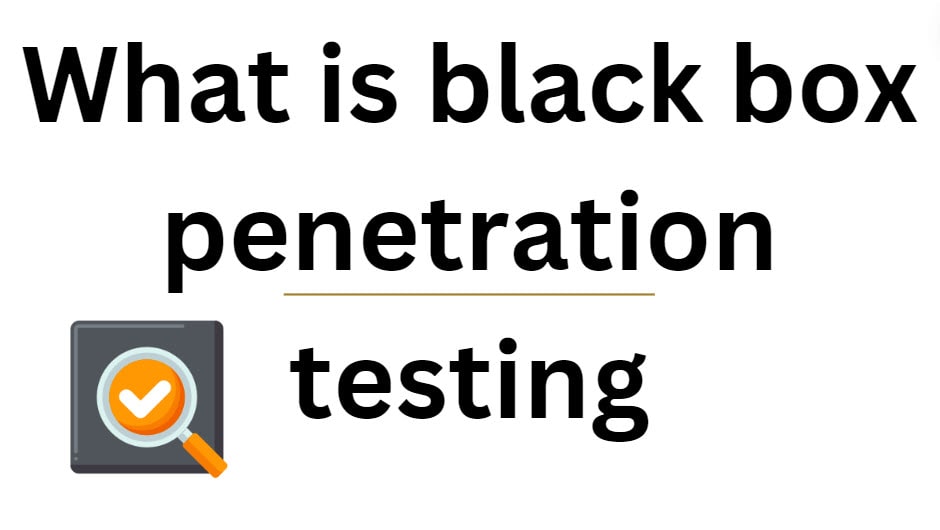Black box penetration testing is a crucial cybersecurity practice that simulates real-world attacks on an organization’s IT infrastructure. This approach involves assessing a system’s security from an external perspective without knowing its internal workings.
The primary goal of black box penetration testing is to identify vulnerabilities that external threats could exploit. This includes weaknesses in network security, application vulnerabilities, misconfigurations, and other potential entry points that could compromise the system’s integrity.
Key benefits of black box penetration testing
- It accurately represents how an actual attack might unfold.
- Testers approach the system without preconceptions, potentially uncovering unexpected vulnerabilities.
- It evaluates the system externally, highlighting issues that internal testing might miss.
However, black box testing also has limitations. It can be time-consuming and may not uncover all vulnerabilities, especially those deeply embedded in the system’s architecture.
To conduct effective black box penetration testing, organizations typically engage specialized security firms or maintain in-house teams with expertise in ethical hacking. These professionals use automated tools and manual techniques to probe for weaknesses systematically.
You may also like following the articles below.
In conclusion, black box penetration testing is essential to a comprehensive cybersecurity strategy. By simulating real-world attacks, organizations can identify and address vulnerabilities before malicious actors exploit them, strengthening their overall security posture.

My name is Madhu, and I’m a certified Test Consultant with more than 16 years of hands-on experience developing and maintaining manual and Test Automation in the Software industry. I have experience with automation tools such as Selenium, Katalon Studio, etc.
